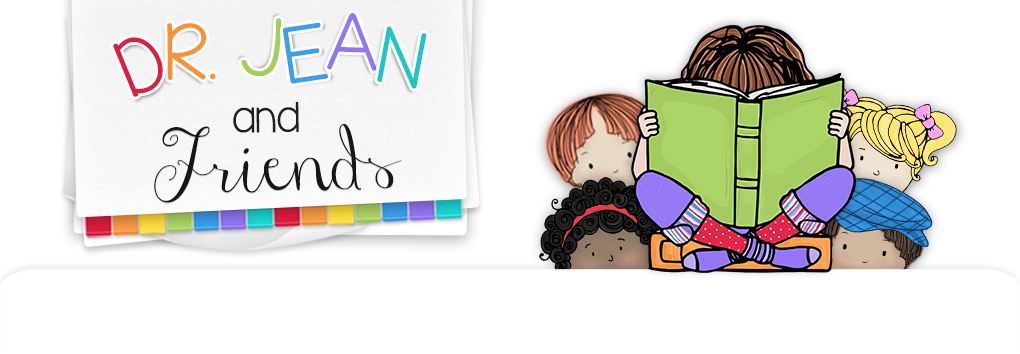1st - TPR – TOTAL PHYSCAL RESPONSE
The more senses you activate and the more you engage children physically and mentally, the more likely the message will get to the brain and stay in the brain. Say it, move it, sing it, act it!
2nd - HOOKS AND REPEAT
You have to hook new learning to something that is already in the brain to make those connections. And, you have to repeat things over and over and over again to make those pathways firm.
Games are a natural way to engage children and provide that purposeful practice for automaticity.
I Spy!
This is an old game, but it could easily be played using words for colors and shapes of a second language.
Example: I spy something rojo!

Touch Something
The teacher says a word (color, shape, object) and the children have to walk around the room and touch something that matches the word.

Simon Says
Change the words of Simon Says to reinforce body parts.
Example: Simons says put your hands on your cabeza.
Musical Words
Write vocabulary words on paper plates and place them on the floor. (You might want to write the word in Spanish in red on one side and the word in English in blue on the opposite side.) Play some catchy music and tell the children to dance around. When the music stops, the children find a plate and pick it up. The children silently read their word and translate it. The teacher randomly points to several children to identify their word and tell what it means. The children then put the plates on the floor and the dancing continues.

Show Me
Each child has a set of vocabulary cards that they place on their desk or on the floor. As the teacher calls out a word, the children find it and hold it up in the air. (You could vary this by calling out the word in English, saying it in Spanish, giving a definition, and so forth.)

Four Square
Fold a sheet of paper into fourths. Open and trace over the creased line. In the upper right corner write the word in English. In the upper left corner write the word in Spanish. In the bottom right corner the children illustrate the word. In the last section they write sentences using the word.

Paper Plate Puzzles
Cut paper plates into thirds. Write a word in English on one third. Write the word in Spanish on another section. Draw a picture clue in the third section. Mix up pieces. Children put the puzzles together and read the words.

*Hint! You could use puzzlers for number words, color words, animals, foods, etc

